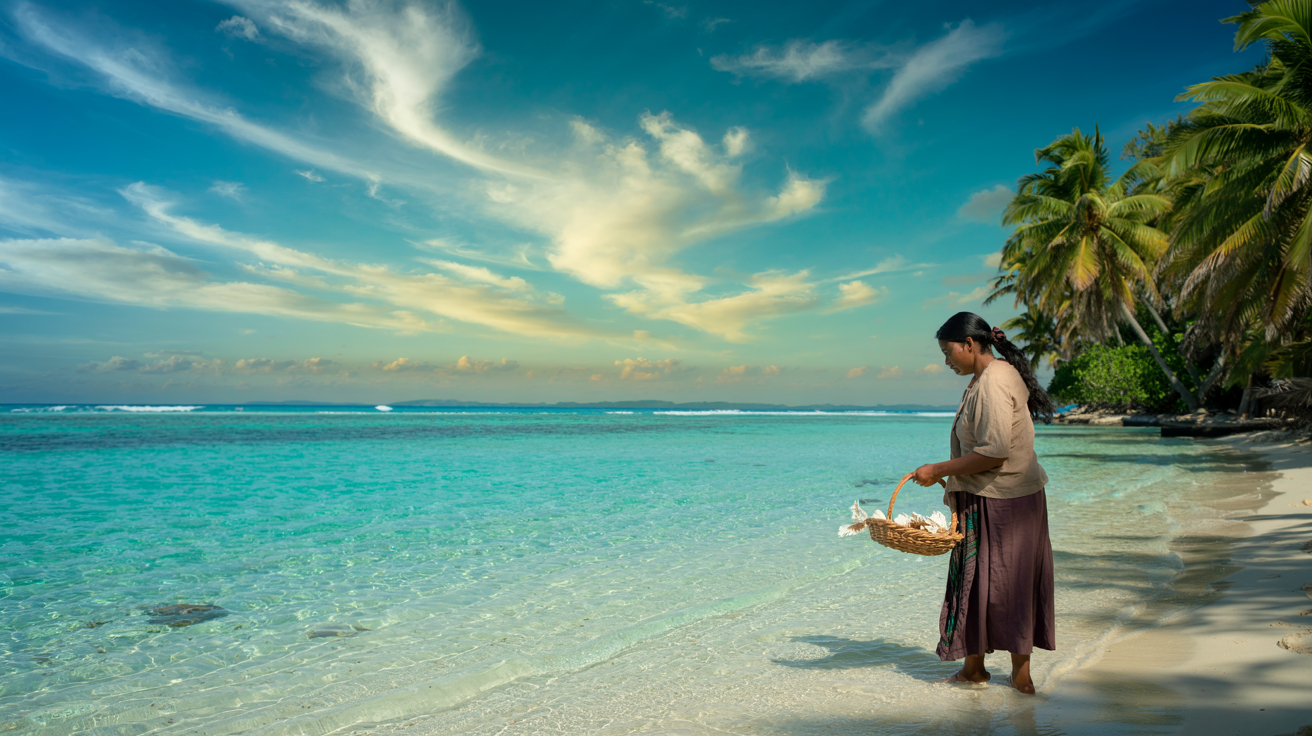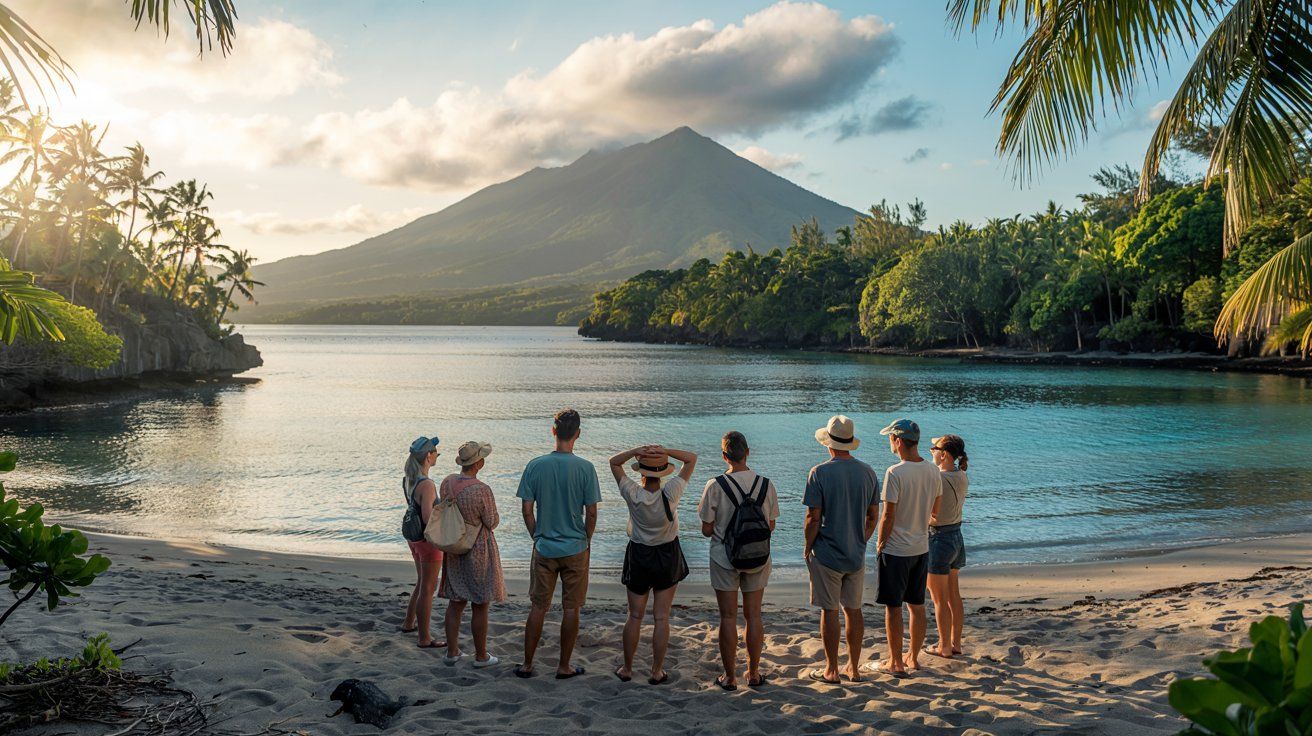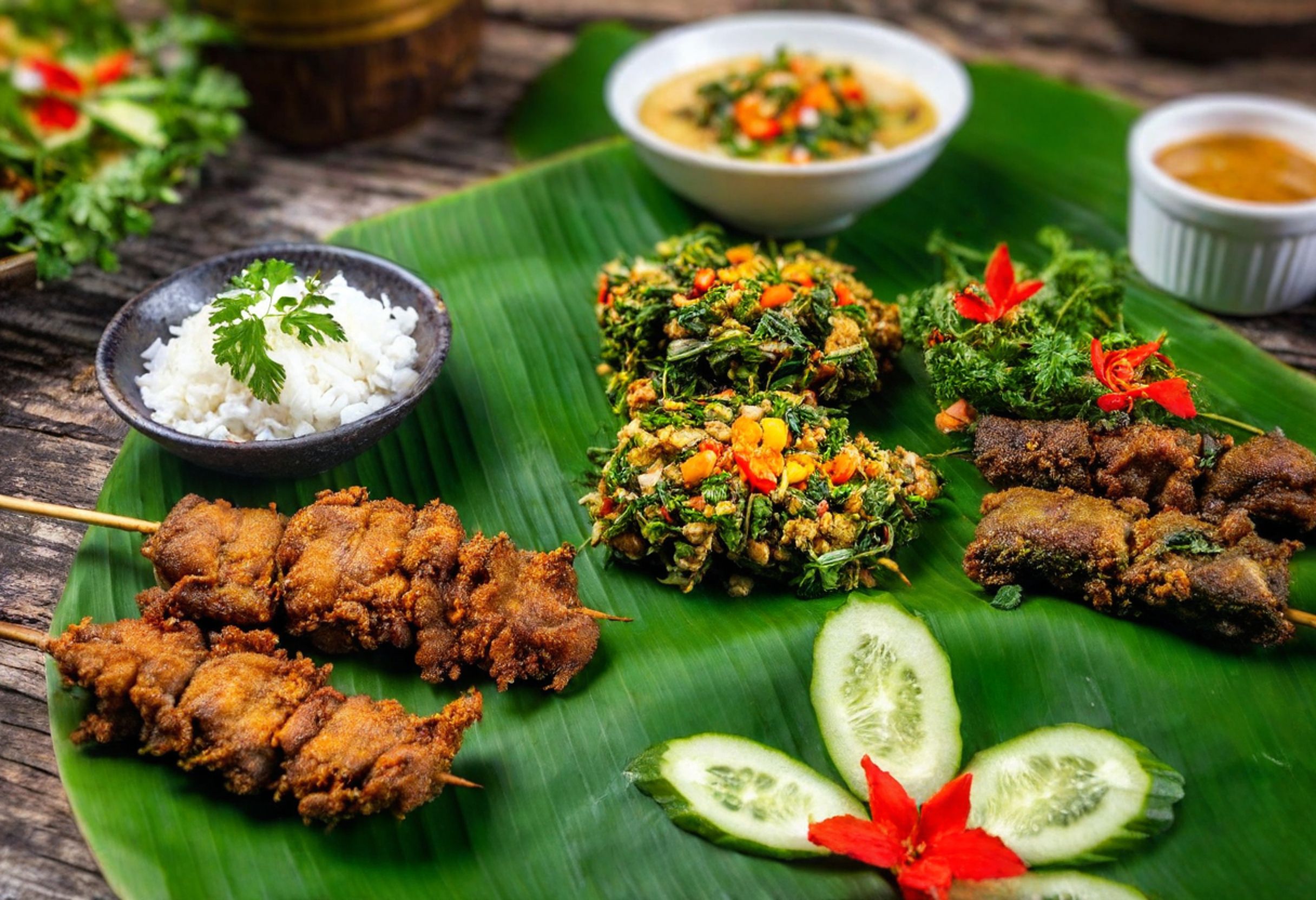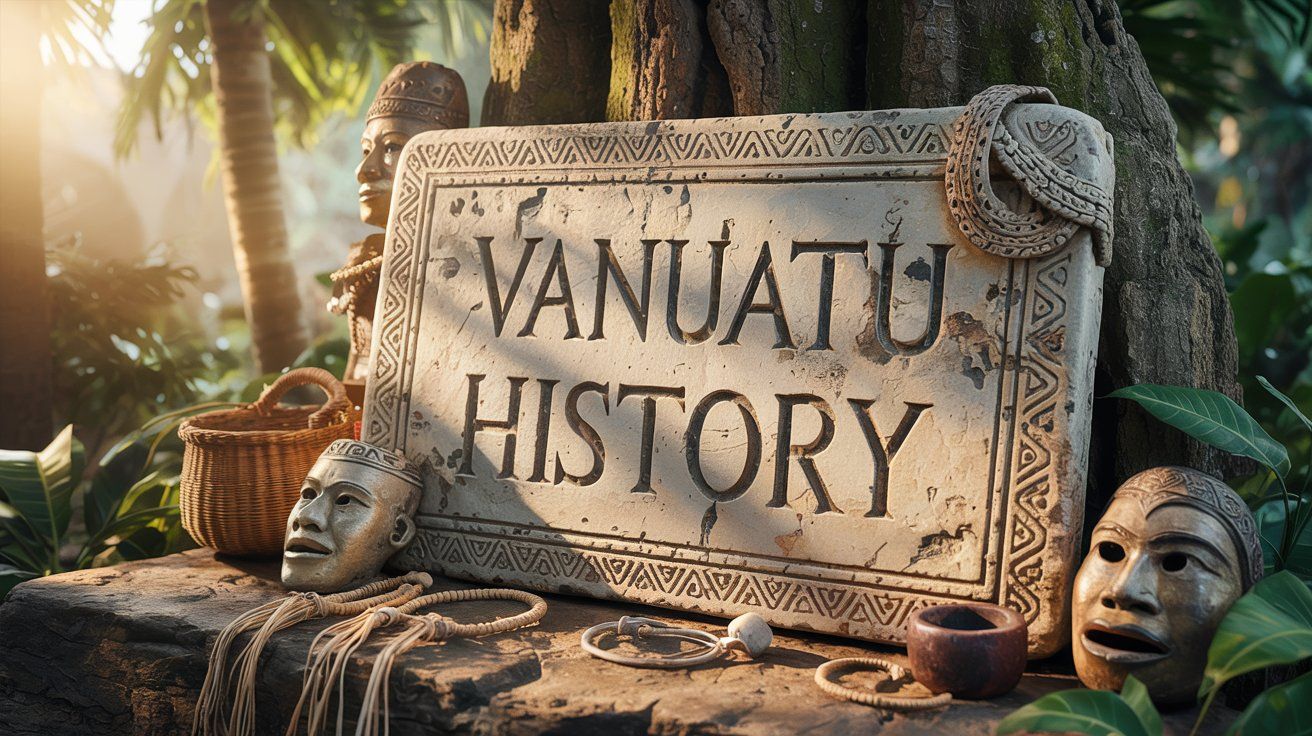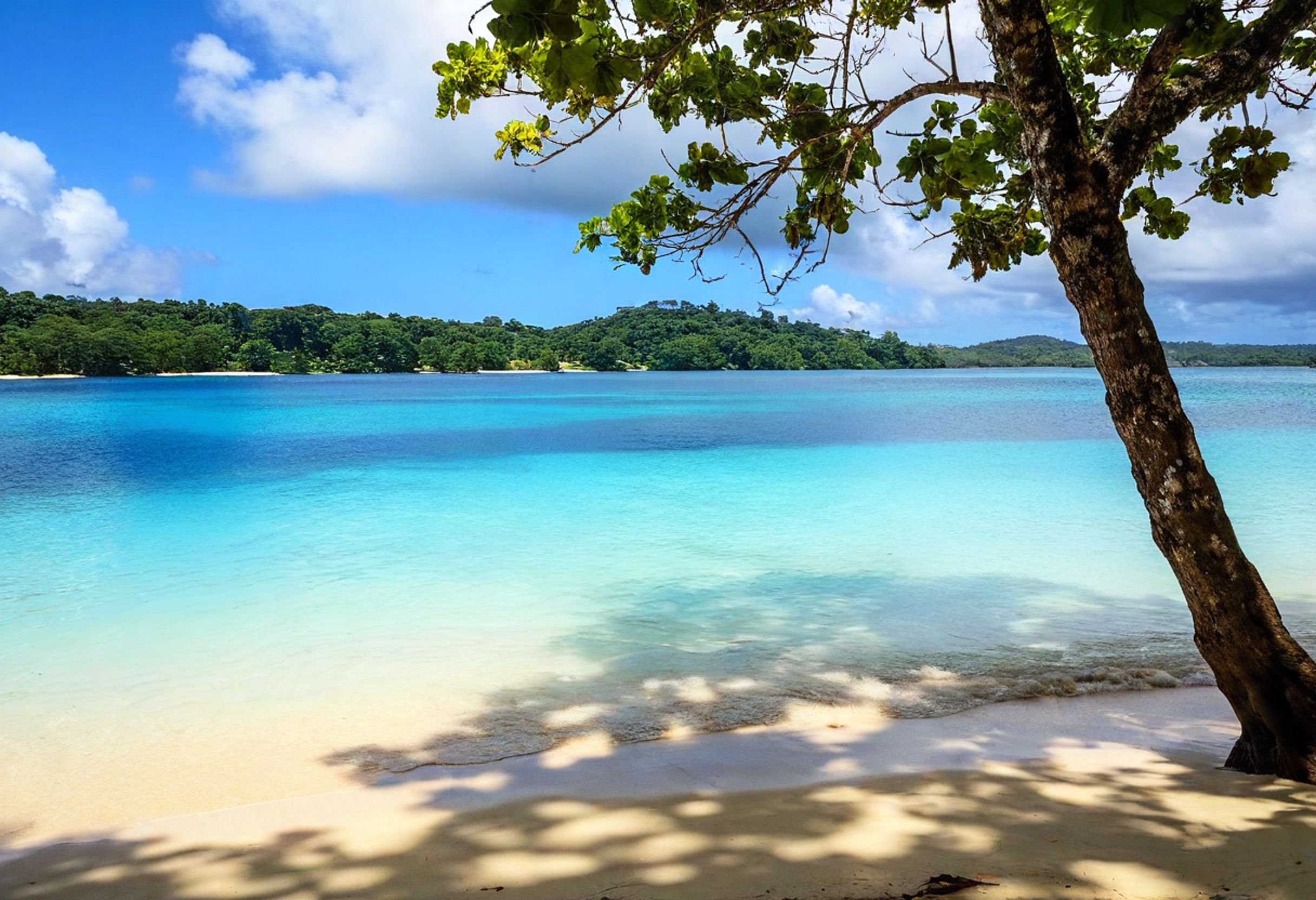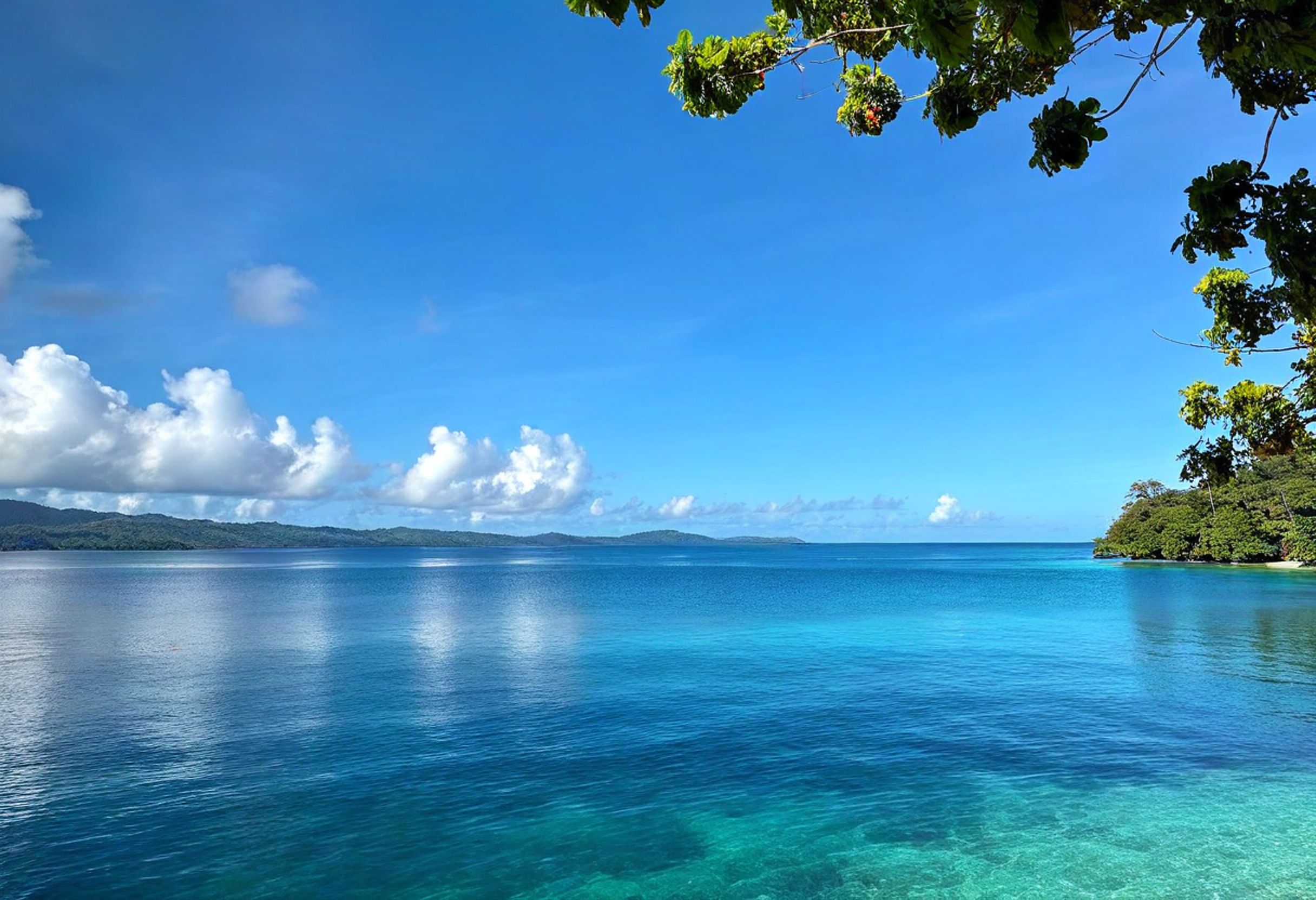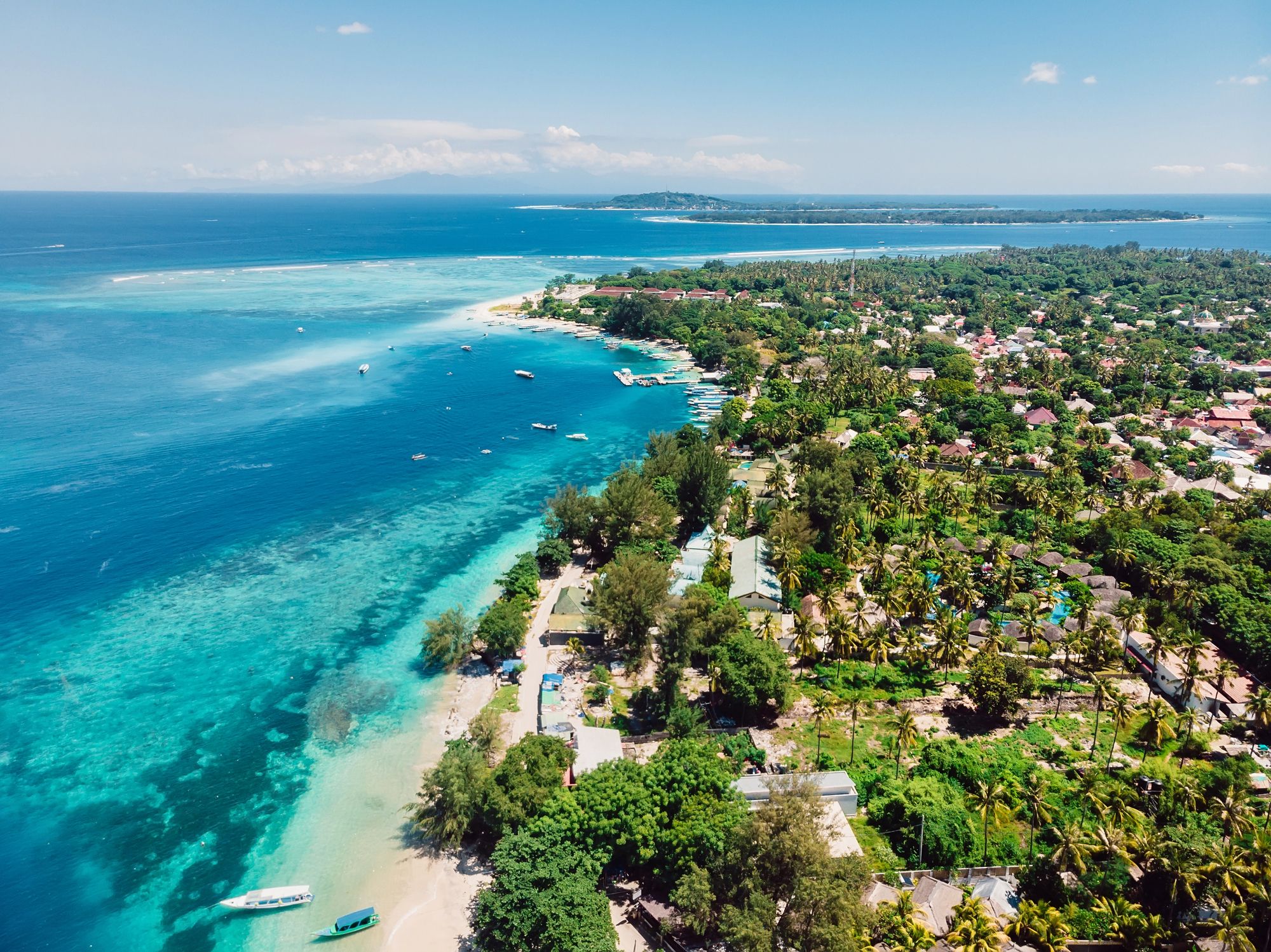Sure — based on the summary you provided, here’s a **unique SEO-optimized blog post** using your title, formatted as requested and written in the style of a seasoned travel and cultural guide with deep knowledge of Vanuatu and the Pacific.
—
From overwater bungalows to beachfront resorts, find your perfect stay in this island nation of more than 80 islands. Instant booking with best price guarantee!
Browse Accommodations Now
The Pacific Islands, scattered across vast stretches of ocean, are bound together not just by their rich cultures and traditions, but increasingly by a common challenge: how to bridge the digital divide.
For nations like Vanuatu, connectivity is more than a luxury—it’s a lifeline to opportunity, education, health, and resilience in the face of climate change.
This post explores how a multi-access approach, combining fiber, satellite, and mobile technology, is key to unlocking reliable and affordable internet for Pacific nations.
The Reality of the Pacific’s Digital Divide
The Pacific region has long grappled with difficulties in providing consistent, affordable internet.
Islands are often separated by hundreds of kilometres of ocean, with small populations that make large-scale infrastructure projects cost-prohibitive.
While undersea cables have brought significant improvements in some areas, they are far from a silver bullet.
Geographic isolation, high installation costs, and the risk of cable damage from natural disasters or accidents create constant vulnerabilities.
In many communities in Vanuatu’s outer islands, a single break in connectivity can mean days—or even weeks—of delay in communication.
Why Traditional Solutions Aren’t Enough
Undersea cables play an important role in connecting main population centres, but their limitations are clear.
As recent cyclone seasons have shown, natural forces can disrupt fragile connections.
This is why experts stress that relying on cable alone is not a sustainable path for the Pacific region.
The Multi-Access Connectivity Strategy
To overcome the inherent challenges of geography, a multi-access strategy is emerging as the best solution.
This approach blends the strengths of different technologies—fiber-optic cables for high-capacity links, mobile networks for flexibility, and satellites for hard-to-reach locations.
The Role of LEO Satellites
Low Earth Orbit (LEO) satellites are at the heart of this transformation.
Unlike traditional geostationary satellites, LEO satellites orbit much closer to Earth, providing faster speeds and lower latency.
This makes them particularly valuable for remote communities spread across islands where laying cable is unfeasible.
For Vanuatu’s rugged and dispersed islands, LEO satellites can mean the difference between being connected to the world in real-time—or being left behind.
Collaboration is Key
No single player—government, private sector, or NGO—can finance and deliver such an expansive shift on their own.
Public-private partnerships are proving essential to pool resources and expertise.
By working together, stakeholders can implement connectivity solutions more effectively and sustainably.
Policy and Regulation Matter
Modernizing policies is critical.
Outdated regulations often slow down investment and innovation.
Streamlined licensing processes, fair competition rules, and incentives for expansion into underserved areas are all part of creating a thriving digital ecosystem.
Pacific nations that proactively adapt their regulatory frameworks stand to attract more investment and foster healthy competition among service providers—directly benefiting local communities.
Beyond Connectivity: The Wider Impact
Expanding access to the internet in the Pacific isn’t just about faster emails or streaming videos.
It enables:
- Education: Remote learning platforms give students in isolated islands the same opportunities as those in urban centres.
- Healthcare: Telemedicine connects patients to doctors thousands of kilometres away, crucial in emergencies.
- Economic growth: Small businesses can reach global markets, and local artisans can promote their work internationally.
- Climate resilience: Real-time weather updates and disaster warnings save lives and livelihoods.
What This Means for Vanuatu
For Vanuatu, with its blend of bustling Port Vila markets and remote outer atolls, enhanced connectivity could transform everything from tourism to education. Visitors could enjoy seamless online booking.
Local guides could promote eco-tours directly to the world. Students in Tanna and Pentecost could tap into global knowledge.
Farmers and fishers could access market data instantly. This would help them make smarter business decisions.
—
If you’d like, I can also add **SEO keyword suggestions** specific to Vanuatu, tourism, and the Pacific Islands’ digital transformation so your post ranks even higher in searches. Would you like me to prepare that list?
Here is the source article for this story: Closing the Pacific Digital Divide through a Multi-Access Connectivity Strategy
Find available hotels and vacation homes instantly. No fees, best rates guaranteed!
Check Availability Now

